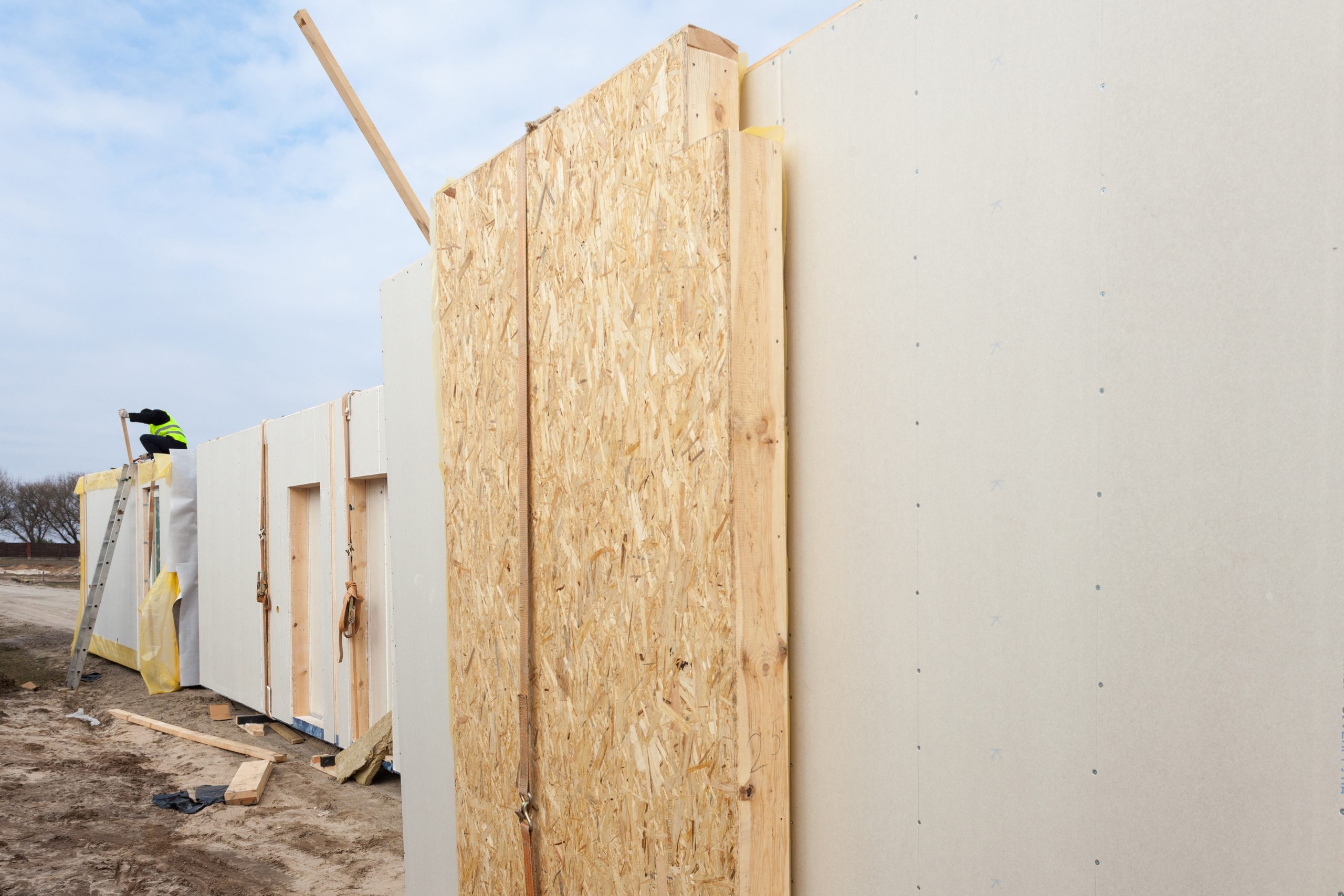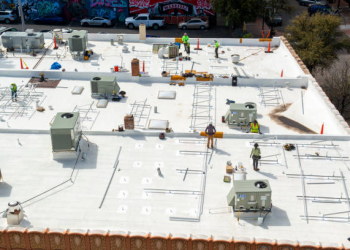
People have the chance to make their homes as energy-efficient as possible if they’re lucky enough to have the budget for building one. The good news is that having an affordable, sustainable, and eco-friendly house has become more achievable as local government agencies and manufacturers give far-reaching and extensive incentives to homeowners that want to build energy-efficient homes.
Saving money on electricity isn’t the only benefit that energy-efficient houses bring to the table. They also provide a healthier, safer, and more comfortable living space for you and your family.
This post has listed the most energy-efficient building materials that you can consider in your project for your convenience. Check them out below.
1. Straw Bales
Strawbale building goes back to the days when houses were built using natural, locally-occurring materials instead of relying on new technology. Straw bales replace stones, fiber glasses, plasters, gypsums, woods, concretes, and other commonly used modern building materials. They’re used in creating a building’s walls inside of a frame.
Straw bales provide very high insulation levels for a cold and hot climate naturally when adequately sealed. Straw is also a rapidly renewable resource, so these materials are both affordable and sustainable.
2. Bamboo Plywood
The internal design elements of a house like covering, cabinetry, and flooring commonly use this material. Besides being aesthetically pleasing, adding an elegant touch to any home, bamboo plywood has zero volatile organic compounds and is a sustainable resource. Like laminate and hardwood, working with this material is also pretty straightforward. However, the best things about bamboo plywood are that it’s a non-toxic and all-natural insulation material.
3. Clay Bricks
Earth clay and water are what compose clay bricks. It’s a natural material, which is entirely recyclable. Since it doesn’t release toxic chemicals, even when in the landfill, it’s also fully Earth-friendly.
Clay bricks are energy-efficient materials too. They trap the warmth for an extended time in the winter and keeps a building cooler in the summer.
4. Recycled Steel
Did you know that steel is Earth’s most recyclable material? In fact, out of three tons of new steel, two are usually coming from old ones.
Compared to most building materials, steel emits less unsafe carbon dioxide and uses less energy. It’s the ideal material for green living.
In terms of durability, nothing comes close to steel. It can stand the test of time when used in buildings. The strength it offers can’t be found in other traditional building materials, allowing houses to withstand unfavorable weather conditions and even earthquakes.
5. Structural Insulated Panels (SIPs)

SIPs or structural insulated panels have an insulating foam core. The insulation is between two structural facings, which are typically OSB or oriented strand boards. That’s why they’re a perfect high-performance building system that can be used for both commercial and residential construction.
Structural insulated panels can be custom-fabricated to fit almost any building design because they’re manufactured under factory-controlled conditions. Visit websites of reliable contractors that use this material like https://raycore.com/ and present your preferred building design to find the most suitable SIP for your future house. Doing so would result in a cost-effective, energy-efficient, and durable building system. You can save labor, money, and time when building a home using structural insulated panels.
6. Thermostat Radiant Barrier Sheathing
The walls and roof of a building commonly use this material. It creates a buffer zone that helps in lowering attic temperatures and reducing energy use. It does it by protecting against heat penetration.
7. Low-emissivity Windows
Using high-performance low-emissivity windows can help keep a home’s interior cool during summer. They also block infrared radiation. Low-e windows also help maintain a pleasant temperature by trapping the heat inside during winter.
Windows are a crucial element of any structure, but this material has made them more valuable. Using these windows, you can reduce heat flow up to 50%.
8. Cool Roof
Color white reflects heat, and black absorbs it when it comes to roofs. That’s how a cool roof keeps a house at the perfect temperature level; by using the color theory. The cool roof concept can make a house cool in an energy-efficient way, so it’s most useful for warm countries.
80% of the heat gets reflected, 10% warms the atmosphere, the air absorbs 8%, and 1.5% goes into the building when the sunlight hits the white surface of cool roofs.
9. Hempcrete
Blocks made of hempcrete are easy to work with. They’re super lightweight too. This material is typically used for insulation and construction.
Hempcrete is environment-friendly because hemp is a fast-growing renewable resource. Hempcrete is a mixture of lime, hemp fibers, and sand.
Once hempcrete dries, there will be no crack lines because this breathable material doesn’t shrink. It’s also pest- and fire-resistant. It isn’t stronger than concrete but is a better insulator.
10. Timbercrete
This material is made of mixed concrete and sawdust. Timbercrete is interesting because it’s lighter than concrete and reduces transportation emissions. The sawdust inside it also replaces some of the traditional concrete’s energy-intensive components. One can make pavers, bricks, blocks, and other common building shapes using this material.
11. Spray Foam Insulation
Spray foam traps more conditioned air and allows less leakage within your home. That’s why it’s the best fiberglass and cellulose insulation alternative.
With spray foam insulation, your household will use less energy all year round. This material will undergo zero framing distortion throughout time, too, because it’s waterproof and doesn’t usually produce toxic emissions. The construction of any building will find spray foam insulation as a huge plus.
12. Plant-based Polyurethane Rigid Foam
Often used as furniture and insulation material, plant-based rigid foam is made from bamboo, kelp, and hemp. Its composition makes it heat and moisture resilient. When compared to fiberglass, this material even provides better thermal resistance and insulation.
Plant-based polyurethane rigid foam is excellent at sound insulation, resisting heat, and even protecting against pests and mold.
Final Words
Each building material mentioned and discussed in this article has its perks and advantages. Choose the one which best fits your needs based on your design requirements and geographical location. Don’t forget to look at all angles as you plan the construction of your energy-efficient building. Hopefully, the list you’ve read here has been informative and can help you make the most appropriate choice.







